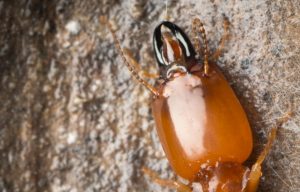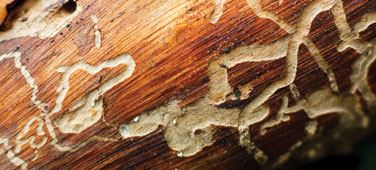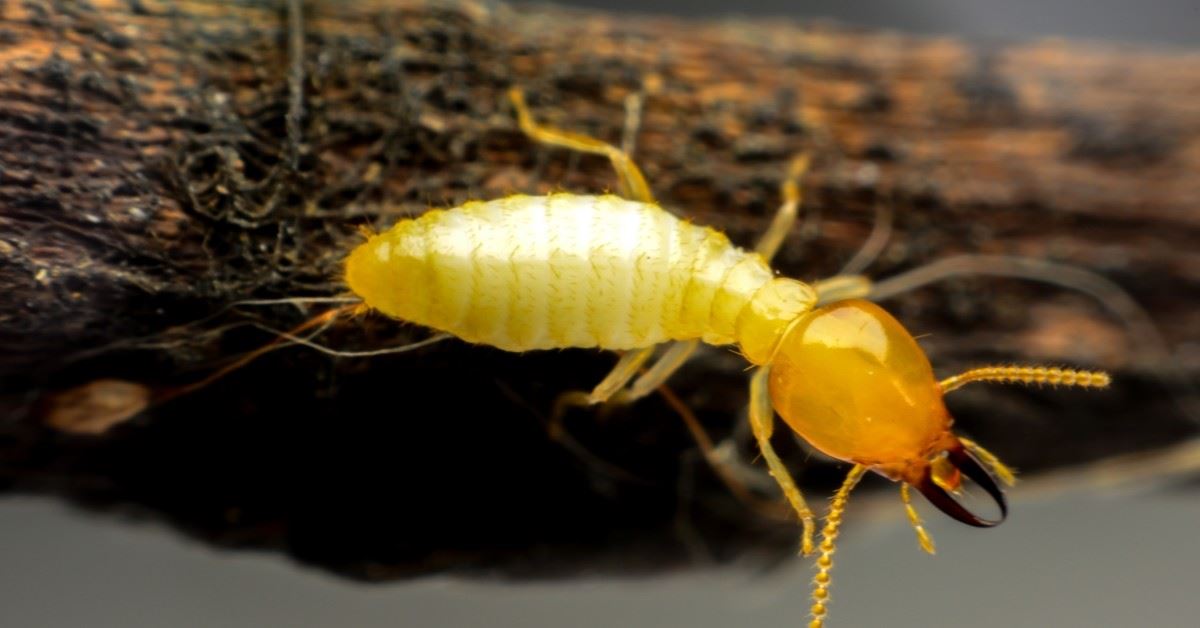Although both drywood and subterranean termites are termite species, they live fairly different lives, and they build different habitats. These two termite species even look different! So, it’s no surprise that they need to be treated differently in order to exterminate their colonies. Arizona is home to both of these species, so let’s take some time to assess the similarities and differences between these termites, so that you can better understand your treatment options.
Subterranean Termites
 Subterranean termites are aptly named, since they live under the surface of the earth. These termites build their colonies within the soil, and they utilize mud tunnels (which they build) in order to navigate to food sources. Let’s take a closer look at their habitat, food, and some of the characteristics that help us to identify subterranean termites.
Subterranean termites are aptly named, since they live under the surface of the earth. These termites build their colonies within the soil, and they utilize mud tunnels (which they build) in order to navigate to food sources. Let’s take a closer look at their habitat, food, and some of the characteristics that help us to identify subterranean termites.
Habitat
Subterranean termites are very common, and they thrive throughout much of North America, including right here in Arizona. Subterranean termites can amass a huge population within a single colony. A large colony can have as many as 5 million workers, and the queen of a colony can lay five to ten thousand eggs every year. Since subterranean termite populations are so prolific, they can consume pounds of wood in a year. Subterranean termites construct mud tunnels to allow for safe passage from the soil to a food source. An individual mud tunnel is usually about the width of a pencil. Unfortunately, subterranean termites often go unnoticed, since they tend to stay low to the ground, and they often penetrate foundation slabs (termites can sneak through slab cracks with ease). In addition, once subterranean termites have begun consuming wood, it can be difficult to see the termites, since they may simply hollow out the wood (which still hinders the wood’s structural integrity). Termite infested wood may sound hollow when you tap on it.
Food
These termites consume materials that contain cellulose, including the wood structures of buildings. They also consume paper, cotton, and wooden furniture. Since subterranean termites colonize in soil, they’re most likely to infiltrate wood that is nearest to the ground, including floorboards, joists, edging, and wall structures that are near the earth.
Characteristics
Subterranean termites are smaller than drywood termites. They have light brown, semi-transparent bodies, with darker heads. There are three types of subterranean termites: Workers, soldiers, and reproductive termites. Soldier termites have strong jaws, and are tasked with defending their colonies from other insects. Subterranean termites are capable of growing wings in order to swarm and start a new colony.
Drywood Termites
 Drywood termites are also common throughout North America, and there are species of drywood termites prevalent throughout the world. The western drywood termite is especially prevalent here in Arizona.
Drywood termites are also common throughout North America, and there are species of drywood termites prevalent throughout the world. The western drywood termite is especially prevalent here in Arizona.
Habitat
The western drywood termite thrives in warm weather conditions, such as California and Arizona. These termites thrive in dry climates and warm temperatures, and they don’t need much moisture to survive. Drywood colonies grow far slower than subterranean colonies, and their colonies are usually far smaller. Western drywood termites are most active during warm temperatures.
Food
Western drywood termites consume both live tree wood and dead tree wood, including structural wood—and unfortunately, these termites are rather difficult to detect, since they create tunnels within the wood; the surface of the wood rarely shows any sign of an infiltration. Drywood termites do, however, create a hole in the wood to dispose of the fecal matter they produce, so you may notice piled up fecal pellets that has fallen out of wood near a drywood termite colony.
Characteristics
Western drywood termites have thinner, more cylindric bodies than their subterranean cousins. In addition, these termites are more amber colored along their body. Again, drywood termites are larger than subterranean termites.
Treating Drywood & Subterranean Termites
Both drywood and subterranean termites can be dangerous to homes. Over time, these termite species can eat away at the wood of a home to the point where the wood is no longer structurally sound (at which point it will require replacing). Fortunately, there are treatment options. To fend off subterranean termites, a termiticide can be injected into the earth around a home. Here at Arizona Termite Specialists, we use Termidor® HE to exterminate termites and protect homes. Since subterranean termites live below the surface of the earth, they may come into contact with Termidor, which can be transferred to other termites in the colony. Eventually, entire termite colonies can be wiped out, and a building can remain protected with a Termidor application.
Because drywood termites aren’t dependent on the soil, they can inhabit any wooden part of a home. Fortunately, the same termiticide, Termidor HE, can be utilized to kill off a colony. Termidor can be injected into the wood structure of a building, where termites can access the Termidor and deliver it to the rest of the colony. Feel free learn more about Termidor HE.
Arizona Termite Specialists – Your Local Experts
Here at Arizona Termite Specialists, we know termites. We can inspect your home, identify any termites that are there, assess where the termite colony sits, and we’ll formulate a plan to exterminate the termites in your home. We’re trained termite control experts, and we’re certified to utilize Termidor HE to exterminate termites. Count on us for termite inspection, control, and extermination services; we work with folks throughout Phoenix, Scottsdale, Cave Creek, Gilbert, Mesa, and Peoria. Get in touch with us if you’re ready to schedule an appointment!
The post Drywood Termites vs. Subterranean Termites appeared first on Arizona Termite Specialists.



